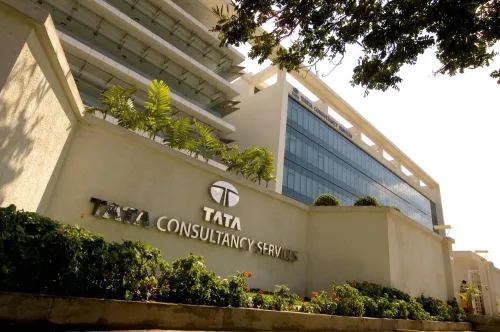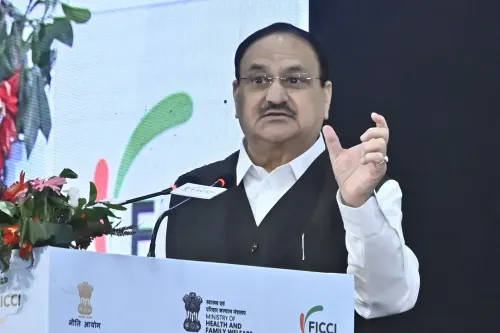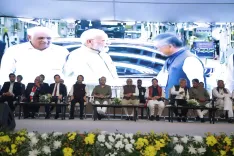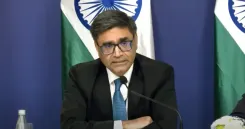Is India’s Consumption Revival Set to Accelerate in H2 FY26?
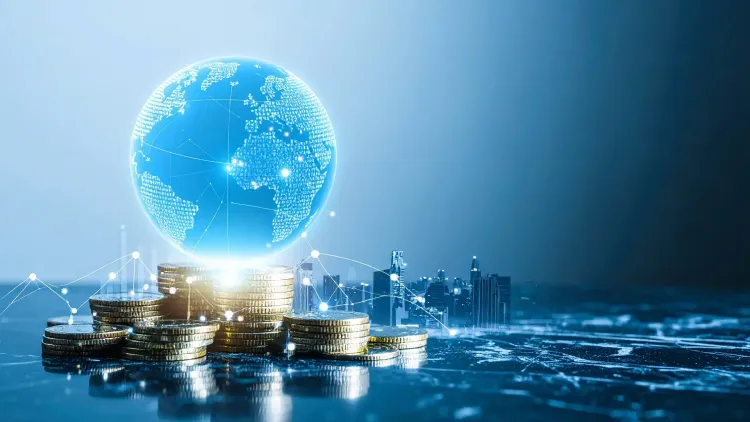
Synopsis
Key Takeaways
- Significant revival in consumption expected in H2 FY26.
- Predicted GDP growth could reach 7% in FY27.
- Favorable monsoon and lower inflation will boost household incomes.
- Transmission of monetary easing is still incomplete.
- Risks from food/fuel price shocks and trade tensions remain.
New Delhi, Oct 9 (NationPress) India’s consumption sector is set to experience a significant revival in the latter half of FY26, bolstered by the “regulatory trident” of tax reductions, interest rate cuts, and GST rationalization, according to a report released on Thursday.
The report by MP Financial Advisory Services LLP (MPFASL) also predicts that GDP growth could achieve 7 percent by FY27. This optimistic forecast is supported by a positive monsoon season and declining inflation rates, which will enhance household disposable income, lower borrowing costs, and decrease retail prices.
However, the transmission of monetary easing is still incomplete, as banks have only passed on 20–30 basis points of the 100-basis-point repo rate cut to their MCLR, the report noted.
The report cautioned that any sudden spike in food or fuel prices could reverse much of the inflation relief, while fiscal challenges due to tax cuts require careful management. Additionally, ongoing trade tensions and supply chain disruptions pose ongoing risks.
It was highlighted that the CPI inflation decreased from 6.2 percent in October 2024 to around 2.1 percent by mid-2025, with food inflation turning negative in June and July.
System liquidity transitioned from a brief deficit in early 2025 to Rs 3.97 lakh crore in August, aiding in the partial transmission of the RBI’s 100-basis-point repo rate cut to lower lending rates for housing, automotive, and consumer durable loans, as noted in the report.
MPFASL expects that the private final consumption expenditure—which constitutes about 61.4 percent of India’s GDP—will likely accelerate significantly in H2 FY2026.
The RBI currently anticipates GDP growth of 6.5 percent for FY26, but with the cumulative effects of lower inflation, ample liquidity, and GST reforms, there exists potential for growth to approach 7 percent in FY27, the report concluded.


